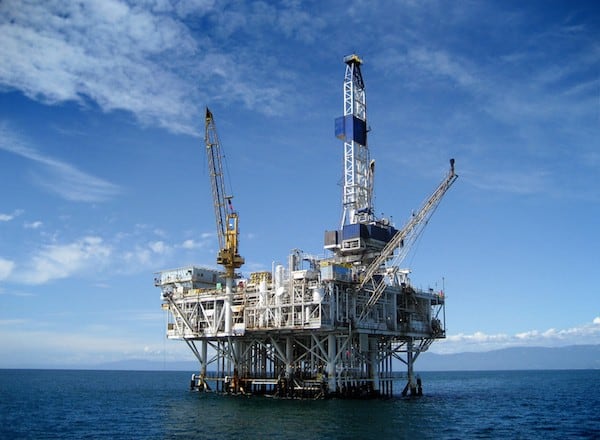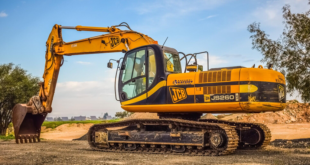Most people don’t know a lot about oil production or offshore oil rigs, but they rely on oil for many activities of daily life, such as driving to the store or heating a room in their home. Oil rigs and those working on them perform important jobs that provide oil and gas to residents around the world. Since people rely so heavily on oil to provide energy and transportation options, it would be much more difficult to obtain the oil needed for each day without these oil rigs. Because new resources for oil are becoming scarcer, many of these offshore oil rigs are digging deeper into the existing resources to find oil. There are a lot of large offshore oil rigs located throughout the world.
CNOOC981
Located in China, CNOOC981 launched in May 2011, by China’s National Offshore Oil Corporation, or CNOOC. It is semi-submersible, which means it can operate at up to 3,000 meters beneath the ocean. The oil rig can drill to depths of up to 12,000 feet below the surface as long as it is far away from the shore. The deck is about the size of a football field and weighs over 30,000 tons. The estimated cost for the rig was more than $1 billion. Benefits of this type of rig include the ability to find oil resources farther from the dock.
Petronius Platform
Chevron has an oil rig, Petronius Platform, that sits about 130 miles from the southeastern edge of New Orleans, Louisiana. It contains an estimated 100 million oil barrels within its reserves. It is also the world’s largest freestanding structure measuring 2,010 feet high. By comparison, the Eiffel Tower height is just 986 feet. The rig has two large towers and a foundation deck. One concern is that if a piece breaks off and falls into the ocean, it can result in the loss of a large investment. This actually happened with a piece that cost $70 million, and it couldn’t be recovered.
Baldplate Platform
Also located off the coast of Louisiana, the Baldplate platform tower measures 1901.9 feet tall. It contains seven different production wells that put out about 50,000 barrels per day. The rig also produces high volumes of gas. Since this area of the country commonly experiences hurricanes and tropical storms, the platform also features axial tubes that protect the rig from damage due to winds and rain. It is more flexible than other similar platforms and has a sway-response cycle.
Even with all the safeguards you will want to know what to do in the event that you or a co-worker are injured on an oil rig. For a simple 7 point guide on the steps to take after an accident, check out this resource created by Tracey & Fox.
Perdido
Shell constructed the Perdido with the intent to operate in areas of the ocean that are 8,000 feet deep. It sits on the ocean about 200 miles away from the coastline of Texas. The rig also features a larger helipad than other options, which allows workers to evacuate quickly when necessary. The Perdido has a single cylinder with open-truss topsides for drilling and production. It is a regional hub for 22 other gas and oil wells that are within 15 kilometers. It also has a system that can separate gas and liquid as it comes through the pipes.
Atlantis Platform
Atlantis, manufactured by BP, is the deepest moored production facility that produces both gas and oil. It sits in the ocean nearly 200 miles from the coast of New Orleans, Louisiana. Its production capacity is up to 180 million cubic feet of gas and 200,000 barrels of oil per day. Its estimated lifespan is approximately 15 years. Since it also has a semi-submersible design, the platform has a unique mobile offshore drilling unit. After drilling for and producing oil, the Atlantis platform uses its network of connected pipelines to transport the oil onshore for immediate use.
Oil rigs each have their own set of unique components that help them to become more efficient and provide the ability to drill for oil and store it for companies that can sell the oil to consumers. Engineers often study oil rigs to learn more about how to create designs that can withstand a lot of abuse, including wind, rain, and water from sitting on the ocean’s surface.
 Gearfuse Technology, Science, Culture & More
Gearfuse Technology, Science, Culture & More



